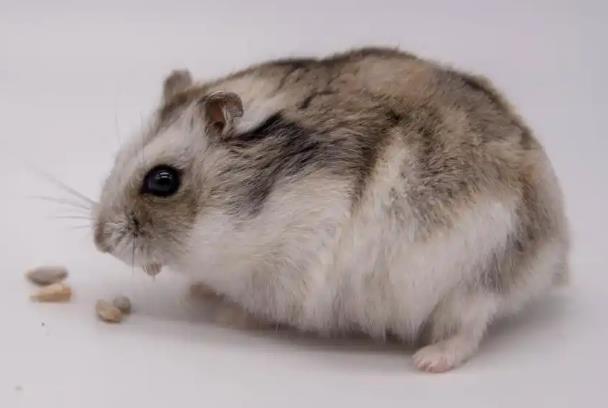Yes, but it's usually very short.
Hamsters do have tails, but the tails of most species are extremely short and can even be easily overlooked. Here is a detailed description of the hamster's tail:

1. Basic Characteristics of the Tail
Length: The tails of most hamsters are no longer than 1 centimeter. Some species, such as the Chinese hamster, have slightly longer tails (2-3 centimeters).
Appearance: The tail is often covered by fur and looks like a small piece of flesh. Its color is similar to that of the body hair.
Structure: Although it is short, the tail still has bones inside for support. It is necessary to avoid external force squeezing to prevent fractures.
2. Tail Differences Among Different Species
Dwarf Hamsters (such as the Campbell's and Roborovski hamsters): Their tails are extremely short, only 0.8-1.2 centimeters long.
Syrian Hamsters (Golden Hamsters): The tail is about 1-1.5 centimeters long, but their larger body size makes the tail less noticeable.
Special Species: For example, the tail of the Fat-tailed Gerbil (from North Africa) is more prominent (about 5 centimeters long) and can store nutrients, similar to the hump of a camel.
3. Functions of the Tail
Balancing Function: Helps hamsters maintain stability when standing or grasping food.
Emotional Expression: Slight tail wagging can reflect an excited or nervous state.
Evolutionary Adaptation: A short tail is beneficial for moving in narrow spaces and reduces the attention of natural predators.
4. Comparison with the Tail of a Mouse
The tail of a mouse is long, thin, and hairless, while the tail of a hamster is short and covered with fine fur. This is one of the significant differences between the two.
Conclusion: Although the hamster's tail is small, it is an integral part of its physiology and behavior. When observing, it is necessary to gently part the fur to avoid hurting this delicate part.
